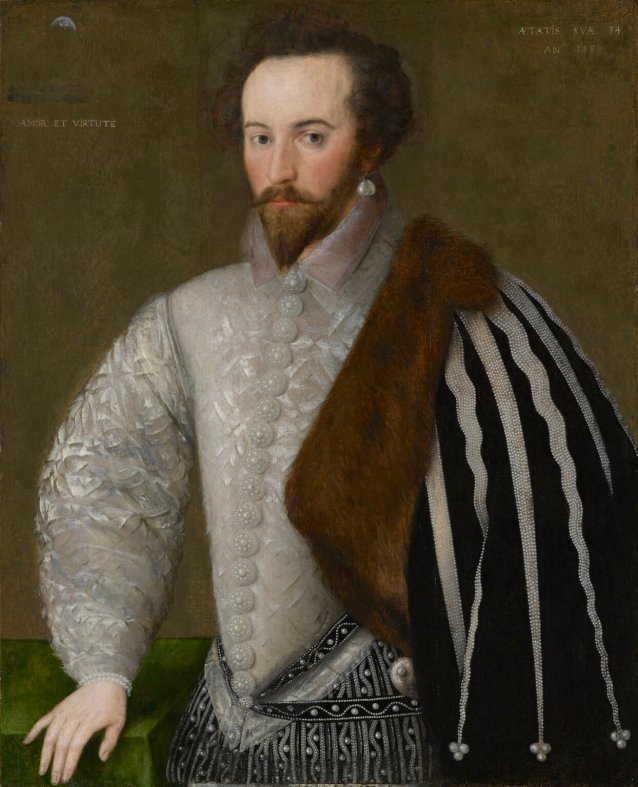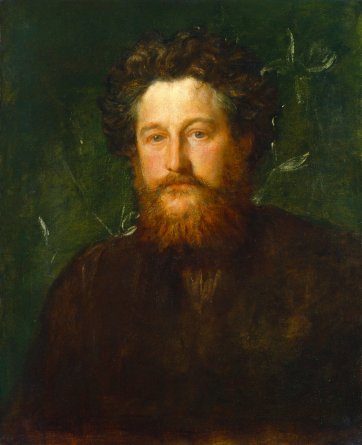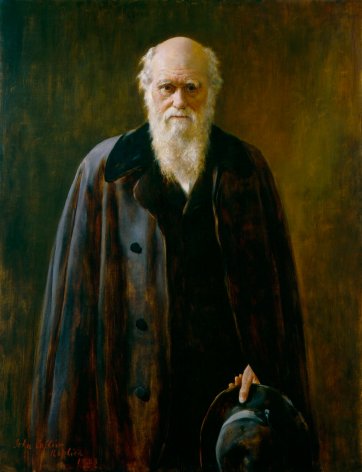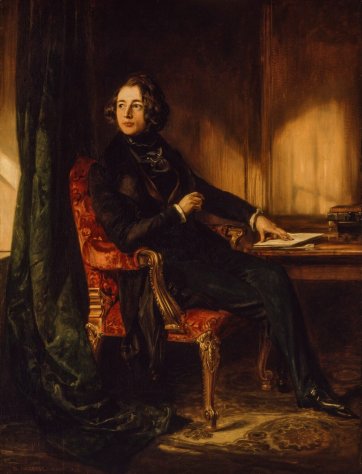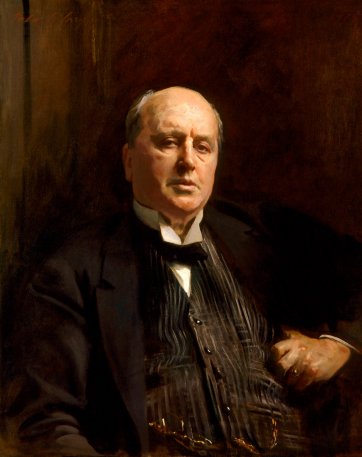A true ‘Renaissance man’, Walter Ralegh (1554–1618) was a poet, explorer and soldier, as well as being a favourite of Queen Elizabeth I. Among his few surviving literary works are The History of the World (1614) and a cycle of poems to ‘Cynthia’ that were addressed to Elizabeth I.
Conservation treatment has revealed a patch of wavy sea beneath the crescent moon in the top left of this painting. Through this metaphor, Ralegh likens the moon goddess Cynthia to the queen and the water to himself (using a pun on his name Walter), signifying his willingness to be controlled by his sovereign as the moon controls the tides. In a further sign of his devotion, he wears the queen’s colours of black and white and his costume is embroidered with pearls – also favoured by the queen. Ralegh was executed for treason in 1618 under the reign of King James I.
National Portrait Gallery, London
Purchased, 1857
© National Portrait Gallery, London
